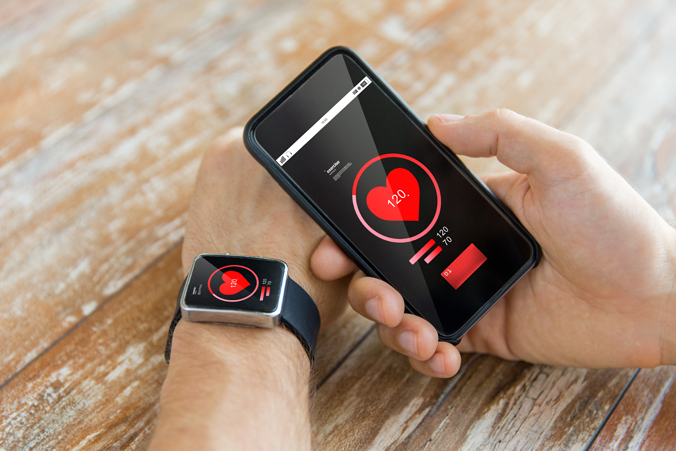Fitbit data improve state-level influenza predictions
Resting heart rates are likely spike during infectious diseases episodes, such as influenza, which is captured by wearable devices like smartwatches and fitness trackers. According to new data published by The Lancet Digital Health, these data, captured by Fitbit users, contributed to improved state-level influenza predictions by the CDC.
“Jennifer Radin, the study’s lead author, recognized that wearable sensors that continuously track individual vital signs, like heart rate, offer the ability, for the first time, to recognize day-to-day changes in the health care of an individual,” Steven Steinhubl, MD, director of digital medicine at Scripps Research Translational Institute, told Healio. “Instead of determining illness based on a comparison to a population norm (like a temperature of 98.6) and determining sickness or health based on comparing your measurement to that of a population average, she used day-to-day variation in resting heart rate, primarily to recognize important changes in that individual.”
Steinhubl and colleagues analyzed data from Fitbit users who wore the device for at least 60 days between March 2016 and March 2018. Researchers calculated the user’s average resting heart rate and sleep duration while also recording deviations outside of the user’s typical range. These data were compared with the weekly estimates for influenza-like illness rates reported by the CDC.
The researchers examined data from 200,000 Fitbit users. In total, 47,249 users from California, Texas, New York, Illinois and Pennsylvania were included in the analysis, contributing a total of 13,342,651 daily measurements used in the study. More than half of the participants (60%) were female and the average user was 43 years of age.

The data gathered from Fitbits improved influenza predictions at the state level in all five states, ranging from 6.3% to 32.9%. Steinhubl and colleagues determined that the Fitbit data aligned closest with CDC data when abnormal resting heart rate was defined as half a standard deviation above normal and sleep more than half a standard deviation below normal.
Steinhubl and colleagues note that the Fitbit users analyzed were predominately middle-aged adults who likely had a higher income than the general population, which may have reduced the rate of comorbidities that can increase susceptibility to infections. In addition, participants involved in the study may have been more likely to be vaccinated against influenza and more likely to receive antivirals or other medications in the event of illness, which could reduce disease severity. Based on this information, the models may need to be adjusted for use in other populations, according to the authors.
“While prospective validation studies are needed, the results of this research may mean it is possible for individuals to receive early warning signs of illness like influenza through their wearable sensor data, which would hopefully allow them to manage the symptoms more quickly and stay healthier,” Steinhubl concluded. – by Caitlyn Stulpin
Disclosures: The authors report no relevant financial disclosures.
